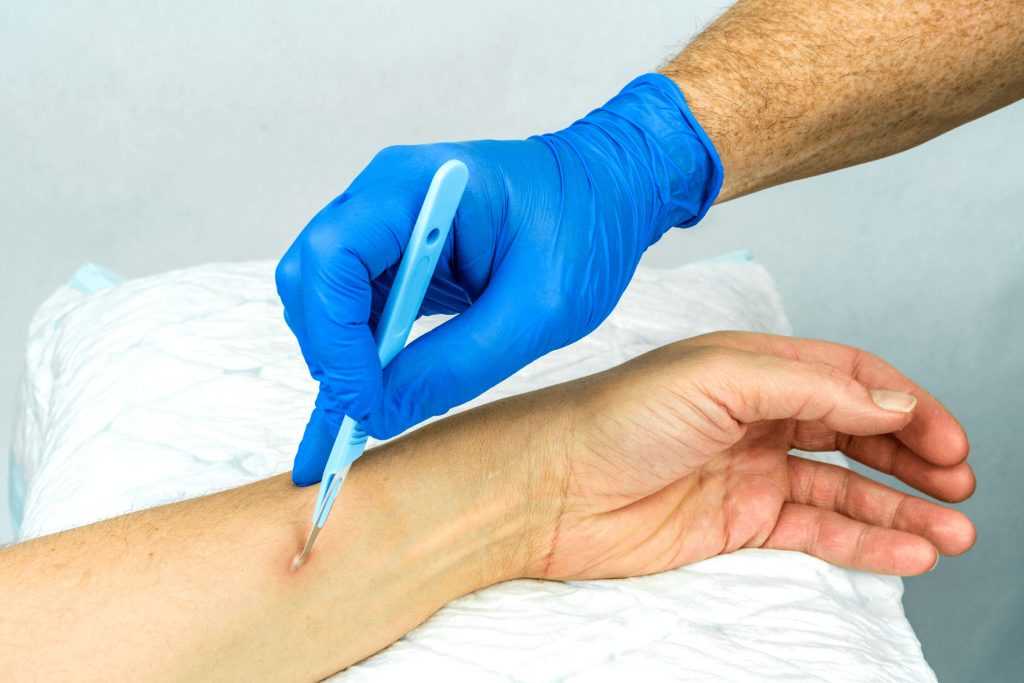
An abscess is a localized collection of pus that occurs due to an infection. It can develop in various parts of the body, including the skin, mouth, internal organs, and more. Abscesses are often painful, swollen, and red. Effective diagnosis and treatment are crucial to prevent the spread of infection and other complications.
An abscess is a pocket of pus that forms in tissues, organs, or spaces inside the body, typically as a result of a bacterial infection. The body’s immune system responds to the infection by sending white blood cells to the affected area, leading to the accumulation of pus, which contains dead tissue, bacteria, and immune cells.
When treating an abscess, the process typically involves the following steps:
While nebulizers are used for respiratory treatments and not for abscess management, other treatment options for abscesses include:
Understanding the causes and treatment options for abscesses helps individuals seek timely medical care and follow appropriate treatment protocols, leading to better outcomes and reduced risk of complications.
© 2021-2025 Wyandotte Urgent Care Clinic. All Rights Reserved. Made With Love by Ignite Marketing Agency.